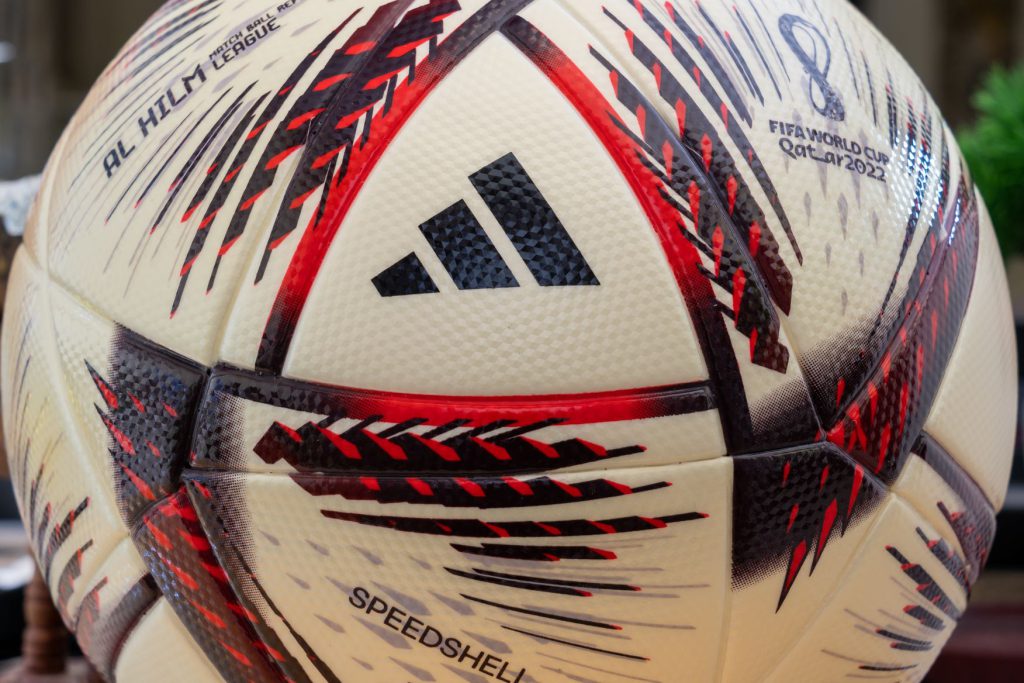Longevity, influence and the social media trap: Who do we trust with our health?
In a world where six-pack abs are flaunted more than six-point health plans, who are we really trusting […]

In the final stages of the Qatar 2022 World Cup, the semi-finals and the two finals, FIFA has taken the decision to change the ball used during the matches, in order to introduce a new ball in the matches between the four best teams of the competition. But what are the reasons for this measure?
What is the new ball for the Qatar 2022 World Cup?
The new World Cup ball, manufactured by Adidas, is called “Al Hilm”, which translates from Arabic as “The Dream”, replacing the “Al Rihla” (“The Journey”) ball that was used until the quarter-finals. The Dream is therefore the dream of the four teams that reached the semi-finals (Argentina, Croatia, France and Morocco) to lift the trophy in Qatar 2022.
For the first time in World Cup history, the same ball will be used in the semi-finals as in the World Cup final. Until then, the ball used in the final match of the tournament was unique and special for that match.
“Al Hilm” has some very similar characteristics to “Al Rihla”. One of these is the “connected ball” technology, compatible with the semi-automatic offside system, which speeds up and simplifies the refereeing body’s analysis of actions that need to be reviewed by the VAR. In addition, it has the same technology that allows it an unparalleled speed of movement, which gives it a faster transfer in the air than any other ball that could be used in the competition.
“With the development of ball-related technology, Adidas has made it possible for the video referee team to have a new level of important information at their disposal. The data provided by the ball opens the door to a new way of understanding and reporting the exceptional games of this World Cup,” FIFA explained.
The main differences from ‘Al Rihla’ are, first of all, the unique design that has been applied to the visible side of the ball, with colours and details representing the trophy, the flag and the desert of the host country, a special portrait for such an event as the World Cup Final. Secondly, it was made with an eco-friendly purpose, being the first ball used in the semi-finals and finals to be made with water-based inks and glues.
New to the balls at this World Cup was the introduction of offside detection technology. Because of this, all balls are loaded into a special station via a USB cable to power the chips that collect information for the referees and also the player measurements.
The Al Rihla (“Journey”) ball left a low average of goals from free kicks, as only two were converted in 60 games. Both took place in the group stage and were scored by England’s Marcus Rashford against Wales and Mexico’s Luis Chavez against Saudi Arabia.
When the habit of changing the ball was born
The habit of using a special ball was first implemented in Germany 2006, when Teamgeist Berlin was used for the decisive match between Italy and France. In South Africa 2010 and Brazil 2014 (Jabulani and Brazuca) a special ball was also used for the final, but Russia 2018 changed this trend as the Mechta Telstar 18 was used from the knockout stages onwards.

In a world where six-pack abs are flaunted more than six-point health plans, who are we really trusting […]

In the era of social media, post-COVID, and with mental health at the forefront, a shift is taking […]